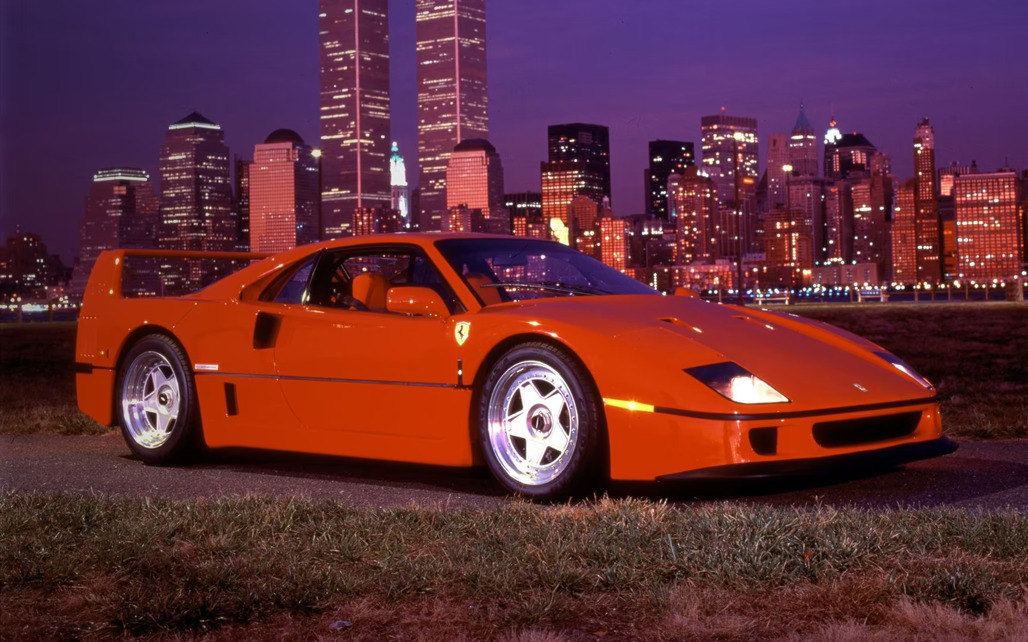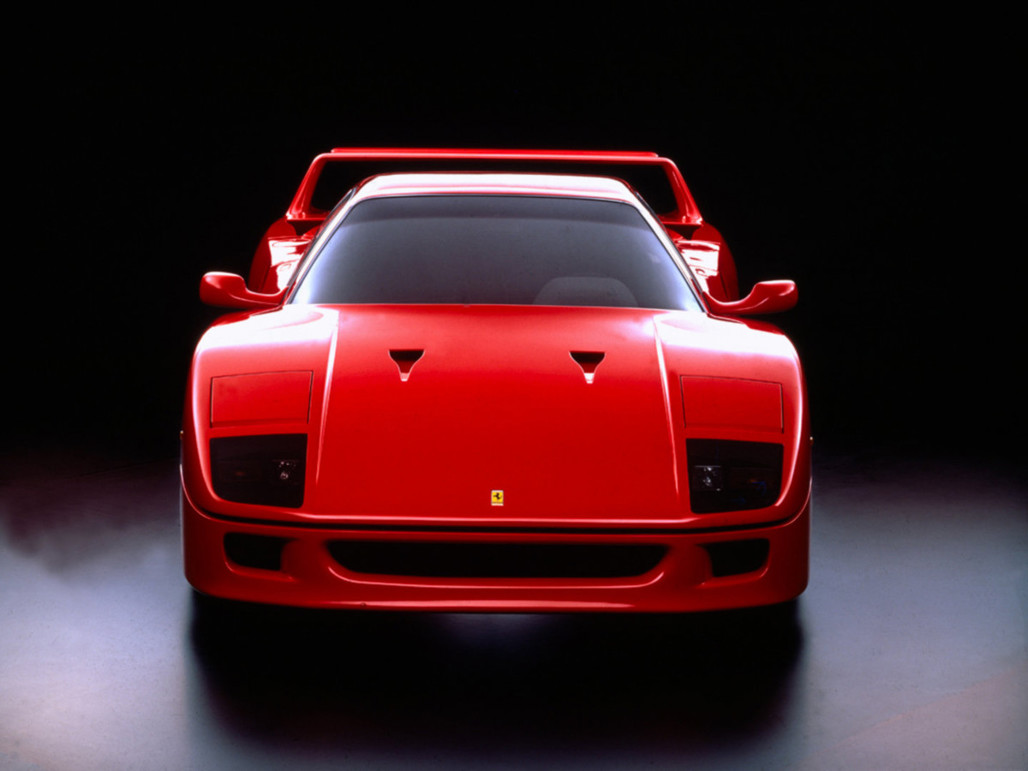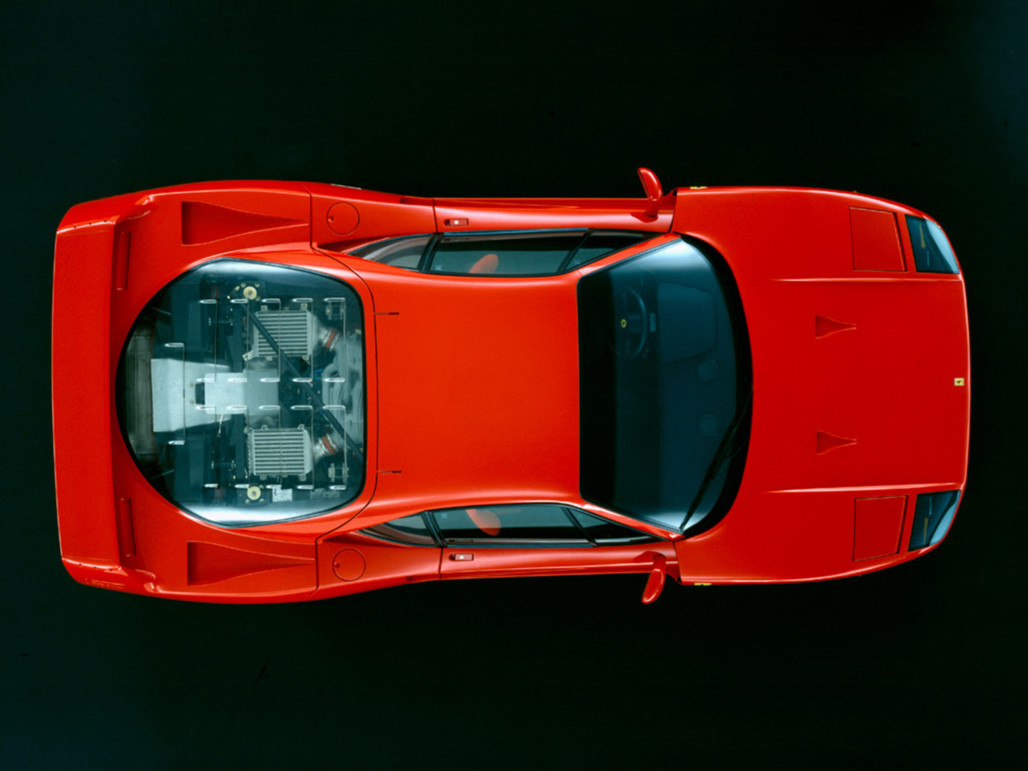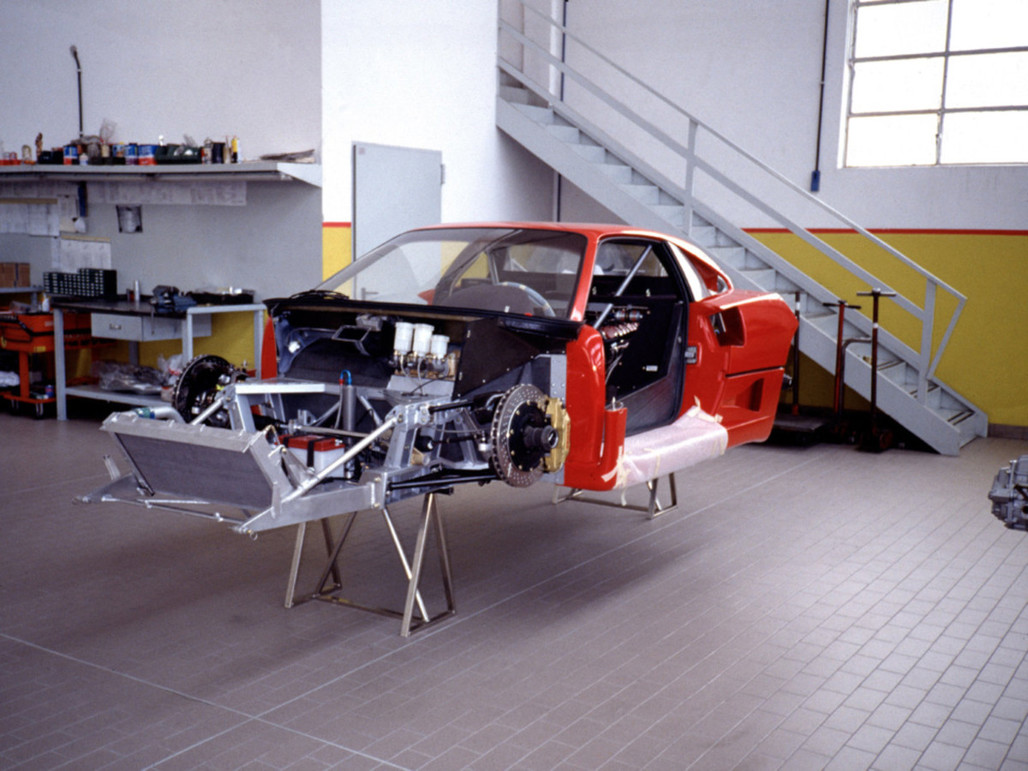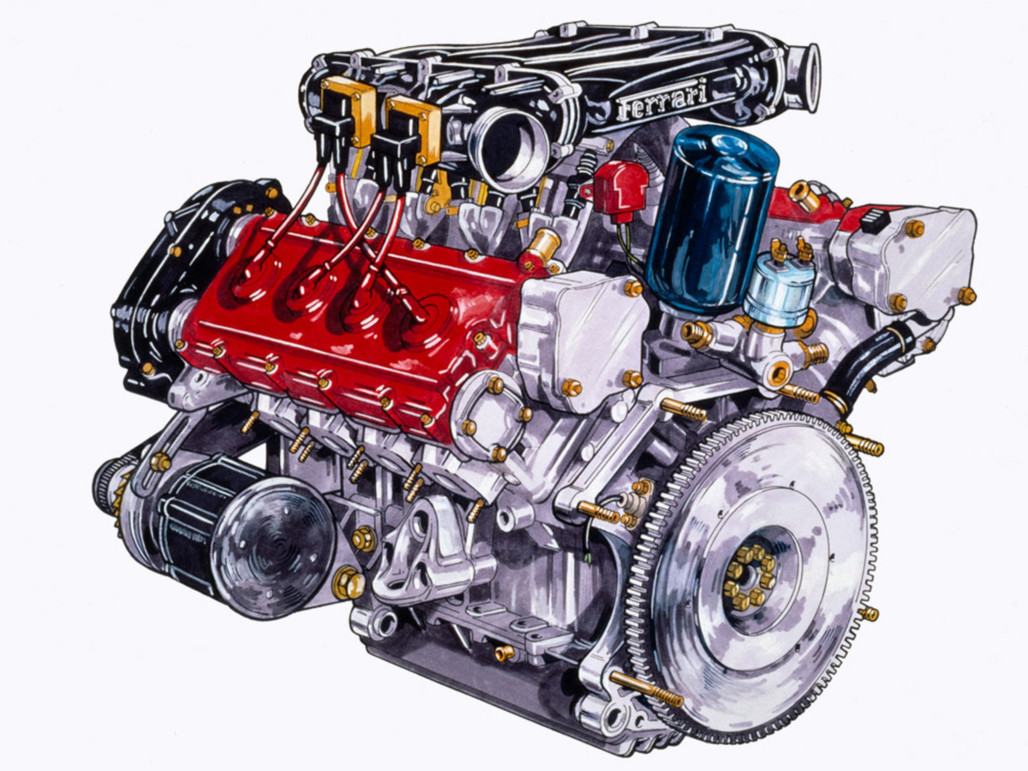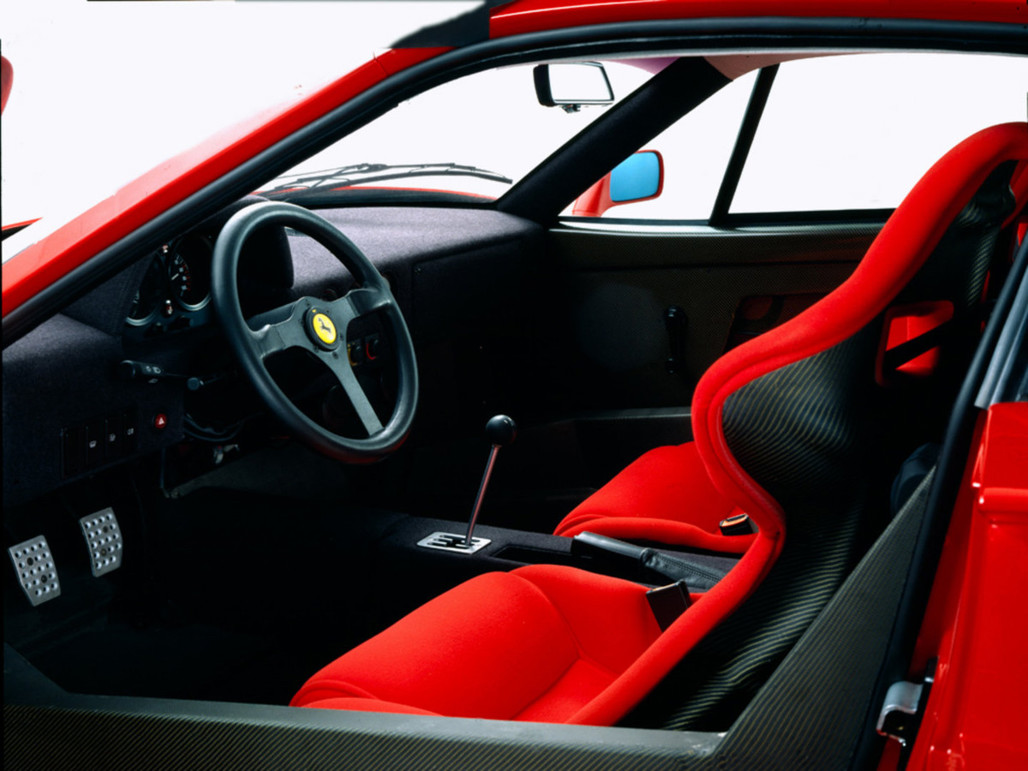
When Ferrari introduced the F40 in 1987, it became the legendary Italian marque's quickest and most powerful model yet.
And while it wasn't the world's first 'supercar' and not even Ferrari's first go at the term - that distinction belongs to the 1984 288 GTO - the F40 possessed a distinctive allure that came from the right combination of heritage, performance and killer looks, set against the backdrop of one of the most recognisable eras in modern pop culture.

So, let's delve into why and how the Ferrari F40 stands tall as the undisputed supercar icon of the 1980s.
Motorsport lineage
The F40's story begins with the Ferrari 288 GTO Evoluzione, a racecar developed for the FIA Group B racing series. However, the series was cancelled before the car could compete.
Ferrari, determined not to let the GTO Evoluzione's development go to waste, decided to use it as the basis for a new road car car — the F40. This racing DNA is deeply embedded in the F40's design and performance, making it a true 'race car for the road'.

The F40 was also conceived to celebrate Ferrari's 40th anniversary. Enzo Ferrari, the company's founder, wanted a car that embodied the essence of Ferrari – raw performance, technical innovation and an uncompromising driving experience.
Alas, it was the last vehicle Enzo personally approved before his passing in 1988, making it a symbolic representation of his vision and legacy.
Unbridled performance
Ferrari developed the F40 in an astonishingly short period of just 13 months, with the team focusing on minimising weight and maximising performance through lightweight materials and advanced aerodynamics.
Extensive use of composite materials like Kevlar and carbon fibre kept the weight down to around 1100 kg, further contributing to its exceptional performance.

The lightweight construction and a racing-derived suspension gave the F40 exceptional handling and agility, allowing it to carve through corners with cutting precision.
Beneath it all, the F40 hid a 2.9-litre twin-turbocharged V8 engine with a substantial 352kW, allowing it to sprint to 100km/h in less than four seconds. With its credentials as the first production car to do 200mph (321km/h), those figures made the F40 one of the fastest cars of its time.

Ferrari also stripped the F40 of unnecessary luxuries, focusing solely on the visceral driving experience and connection between driver and machine. The lack of electronic driver aids meant the driver was in complete control, requiring skill and focus to harness its full potential.
Classic '80s looks
In creating the F40's iconic design, Ferrari concentrated on a shape dictated by function. The supercar's low-slung body, sharp nose and massive rear wing were all designed to optimise airflow and reduce drag.

Distinctive elements like the pop-up headlights and NACA ducts gave the F40 an instantly recognisable and aggressive appearance. Inside, the F40 kept a minimalist and focused cabin, featuring bare carbon fibre and racing-style seats.
So it's no wonder why with its striking silhouette and steep price tag, the F40 became a pop culture phenomenon in the late '80s and beyond.

And the list of celebrities who have called the F40 their own at some point includes F1's Alain Prost, boxer George Forman and more.
Looking back, Ferrari's F40 holds a special place in the brand's extensive history. It's a no-frills supercar that managed to turn its motorsport origins into so much more, with a masterful design and brutish performance combining to create a truly unique experience.
The Ferrari F40 rewards those who are willing to push the vehicle's limits and experience the thrill of pure, unfiltered speed.



